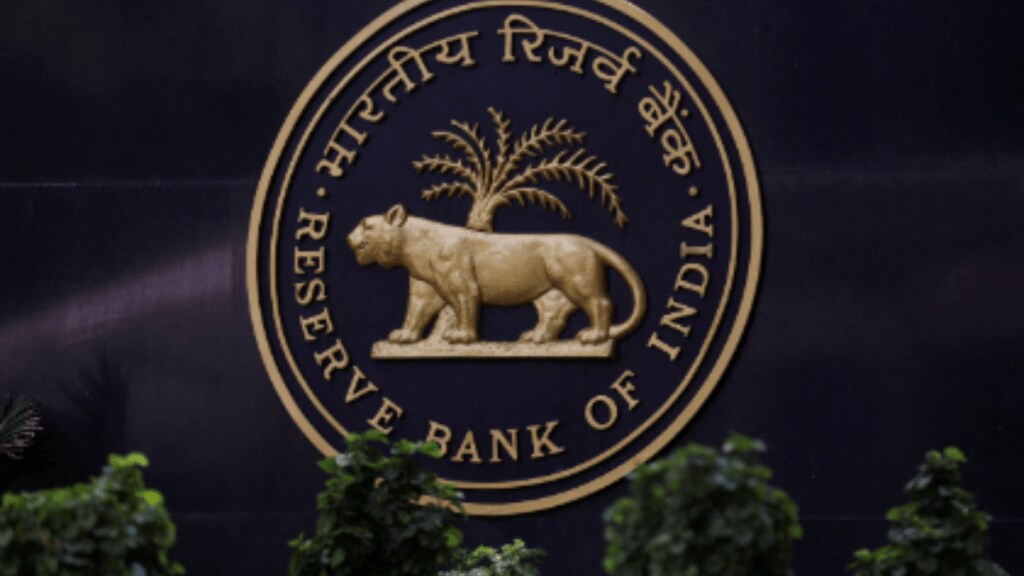The Reserve Bank of India’s (RBI) draft guidelines to tighten rules for infrastructure loans, especially the requirement of setting aside 5% of the loan amount for projects (0.4% now) as a provision in the construction phase, seem to be a part of the regulator’s eagerness to be one step ahead of the curve as a measure of prudence.
In many ways, the RBI’s concerns on project financing by banks are valid and may even strengthen the balance sheet of lenders and create counter-cyclical buffers. After all, not so long ago, Indian lenders saw a surge in bad loans as several infrastructure-related borrowings turned sour after the global financial crisis in 2008. Long delays in implementing projects and exuberant revenue projections led to large defaults and made lenders averse to the infrastructure sector.
Things have, of course, improved significantly since then with infrastructure non-performing assets (NPAs) coming down substantially. The formation of the National Company Law Tribunal (NCLT), along with more participation from asset reconstruction companies, have led to improvement in recoveries and resolutions.
Supporters of the RBI move say banks’ gross NPA ratio has fallen to a decadal low of 3.9% as of March 2023 and 3.2% as of September 2023, showing a remarkable improvement in asset quality, according to the RBI’s Trend and Progress of Banking report. In addition, both the finance minister and the RBI governor have been talking about the ‘twin balance sheet advantage’, which makes it an ideal situation to implement tougher guidelines.
But therein lies the catch. The RBI move has also raised questions whether the regulator is being ultra-conservative in its approach. Analysts have been quick to red-flag the proposals with some terming it ‘draconian’. Besides the over 10 times increase in provisioning, what seems to have unnerved the lenders is the proposal to implement it on a retrospective basis.
The main grouse of lenders is that there will be an adverse impact in their tier-1 capital or core capital due to the locking up of capital. One brokerage house has estimated that the impact of 5% standard asset provisioning will result in banks making an additional provision of 0.5-3% of net worth and a hit of 7-30 basis points on common equity tier-1 capital.
Infrastructure-focused non-banking finance companies like REC, PFC, and Ireda can see potential hit of 200-300 bps to their capital ratio.
India’s infrastructure sector is poised for strong growth, with planned investments amounting to $1.4 trillion by 2025. The government’s ambitious National Infrastructure Pipeline programme outlines the injection of massive capital into various sub-sectors, including energy, roads, railways, and urban development.
Finance minister Nirmala Sitharaman allocated Rs 11.11 trillion towards capital expenditure for FY25, up 17% from the revised capex estimate of Rs 9.5 trillion for FY24. Such huge expenditure does require massive funding from lenders. In such circumstances, the RBI’s draft guidelines may force more lenders to shy away from infrastructure lending — a policy that many private sector lenders have diligently followed over the years.
No wonder, banks are batting for lower provisions to the tune of 1% or 2%. In addition, there will be a pushback on other proposals such as putting a cap on the number of lenders and restrictions on moratorium period. The RBI should take the concerns of lenders on board and soften the provisioning burden so that the move does not have unintended consequences such as reluctance to lend for under-construction projects.
(Views are personal)


